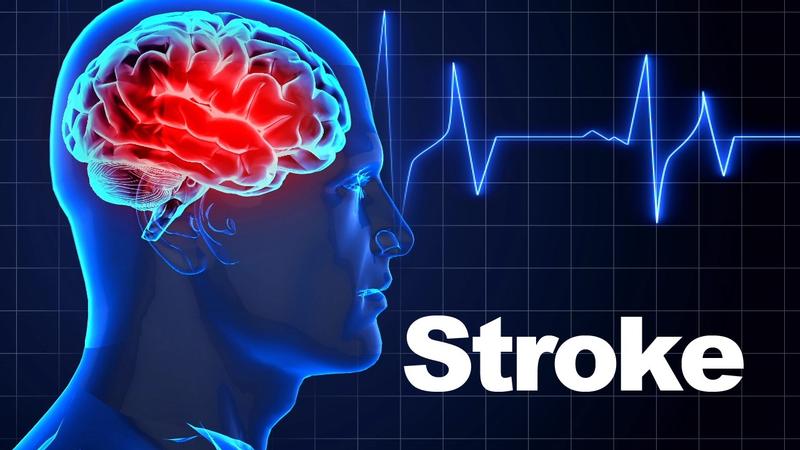Stroke is the No. 5 cause of death and a leading cause of disability in the U.S. Stroke can happen to anyone — any age, any time — and everyone needs to know the warning signs. Calling 112 lets first responders start treatment on someone experiencing stroke symptoms before arriving at the hospital.
When you have a stroke, your brain isn’t getting the blood it needs. You need treatment right away to lower your chances of brain damage, disability, or even death.
Use the FAST test to check for the most common symptoms of a stroke in yourself or someone else.
Face = Smile and see if one side of the face droops.
Arms = Raise both arms. Does one arm drop down?
Speech = Say a short phrase and check for slurred or strange speech.
Time = If the answer to any of these is yes, call 112 right away and write down the time when symptoms started.
Minutes matter in treating stroke. Calling a doctor or driving to the hospital yourself wastes time. Ambulance workers can judge your situation sooner, and that boosts your chance of getting the treatment you need as soon as possible.
Beyond F.A.S.T. – Other Symptoms You Should Know
Sometimes a stroke happens gradually, but you’re likely to have one or more sudden symptoms like these:
-
- Numbness or weakness in your face, arm, or leg, especially on one side
- Confusion or trouble understanding other people
-
- Difficulty speaking
- Trouble seeing with one or both eyes
- Problems walking or staying balanced or coordinated
- Dizziness
- Severe headache that comes on for no reason
If you have these symptoms, call 112 even if you’re not sure you’re having a stroke.
Warning Signs in Posterior Circulation Strokes
Posterior circulations strokes (a stroke that occurs in the back part of the brain) occurs when a blood vessel in the back part of the brain is blocked causing the death of brain cells (called an infarction) in the area of the blocked blood vessel. This type of stroke can also be caused by a ruptured blood vessel in the back part of the brain. When this type of stroke happens several symptoms occur and they can be very different than the symptoms that occur in the blood circulation to the front part of the brain (called anterior circulation strokes). Symptoms include:
-
- Vertigo, like the room, is spinning.
- Imbalance
-
- One-sided arm or leg weakness.
- Slurred speech or dysarthria
- Double vision or other vision problems
- A headache
- Nausea and or vomiting
Know Your Risk
Are there ways to prevent stroke? Learn what puts you at higher risk of having a stroke, and about problems that can result if you have a stroke. Nearly 50% of all adult men have high blood pressure, and a higher risk for stroke. Ask the important men & women in your life to measure their blood pressure regularly.
What Puts You At Risk?
You can change or manage some things that put you at risk for a stroke, such as high blood pressure and smoking. Others, including age and race, you can’t.
Atherosclerosis
About half of all strokes are caused by atherosclerosis — the same process of narrowing and hardening of the arteries that causes heart attacks.
How Can I Prevent Strokes?
To reduce your chances of stroke, adopt habits that promote cardiovascular health and deter hardening of the arteries.
Stroke related Dementia
In the U.S., cognitive decline related to stroke (called vascular dementia) is the second most common form of dementia after Alzheimer’s disease.
Diagnosis & Treatment
Learn more about the steps doctors take to diagnose strokes, and what treatments they are likely to give to people in the emergency room and later on.
Exams & Tests
The first test after a stroke is typically a CT scan, a series of X-rays that can show whether there is bleeding in the brain.
Identifying & Treating Stroke
When a patient displays stroke-like symptoms, a doctor must not only confirm the symptoms but also identify the type of stroke, its location, and the extent of brain damage.
Thrombolysis
Depending on the type of stroke, doctors may give you aspirin or powerful clot-busting drugs. The treatment works best when you get this medication within 3 hours of when your symptoms started. If your stroke was caused by a burst blood vessel, doctors will try to stop the bleeding as soon as possible. Thrombolysis, also known as thrombolytic therapy, is a treatment to dissolve dangerous clots in blood vessels, improve blood flow, and prevent damage to tissues and organs.
